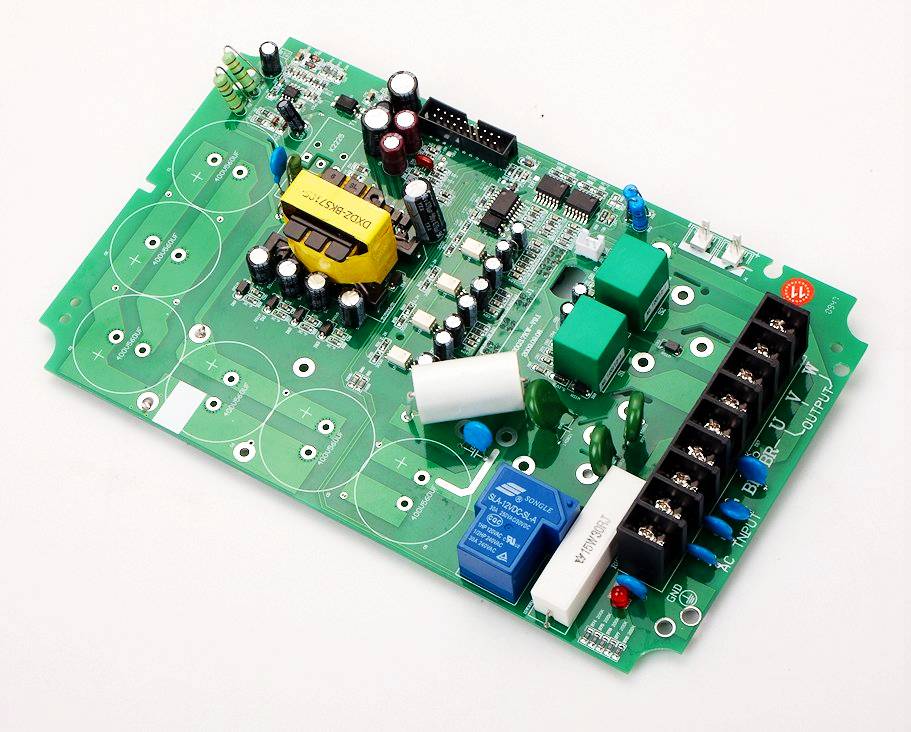* On your first PCB Assembly order!
* Up to $300 discount
 C - A L L E Y
C - A L L E Y 
Home | Events | PCB | About Us | News | Contact Us
Summary of Key Points for Manual Assembly of the Latest PCBA SMT Electronic Products
SMT (Surface Mount Technology) is an advanced electronic mounting technique. It compresses traditional electronic components into devices that are only one-tenth the volume of their predecessors, enabling the high-density, highly reliable, miniaturized, low-cost, and automated production of electronic products.
Surface mounted components can be categorized into two main types: chip passive components and active components. Their key characteristics include miniaturization and the absence of leads (using either flat or short leads that are suitable for surface assembly on PCBs).
The packaging form of surface mounted components significantly affects the efficiency of assembly production, so it should be optimized based on the type and number of feeders used on the mounting machine. There are four primary packaging forms for surface mounted components: tape packaging, tube packaging, pallet packaging, and bulk packaging.
Solder is a fusible metal that can form an alloy with the surface of the base metal to create a solid connection. It is used for both mechanical and electrical connections. In soldering, the term "soft soldering" refers to soldering at temperatures lower than 450 °C, with the solder used commonly comprising tin and lead, thus termed tin-lead solder. The typical welding temperature for electronic circuits is between 180 °C and 300 °C.

Manual Assembly of PCBA SMT Electronic Products
Patch adhesive, or simply adhesive, is used in hybrid assembly to temporarily hold surface mounted components on the PCB pad. This ensures smooth operation during subsequent processes, such as wave soldering. In double-sided surface assembly, adhesive helps to stabilize components and prevent them from dislodging due to vibration during handling and operation. Therefore, it is crucial to define pad positions on the PCB and apply the patch adhesive before component assembly.
There are two common types of manual soldering: contact welding and heated gas welding.
Effective heating control is critical during the desoldering process. It is essential to completely melt the solder to avoid damaging the bonding pad when removing components.
Desoldering design considerations include determining the appropriate temperature range and airflow for top and bottom heating based on the type, size, and packaging material of the device. This is typically done using standard database parameters provided by the repair equipment. The right hot air nozzle and vacuum nozzle should be selected, and surrounding components that may interfere with the operation should be removed or protected with necessary heat resistance measures. Additionally, heating time must be carefully determined.
After removing a ball grid array (BGA) package, the solder balls need to be reformed, a process known as ball planting. When BGA packaged devices are taken off the PCB, some solder balls remain on the device, while others stay on the pad. Solder balls left on the pad can resemble icicles. If these devices are to be reinstalled on the PCB, it is necessary to reform all solder balls and clean the PCB pads beforehand.
Why Choose China PCBA Supplier KSPCBA as Your PCBA SMT Electronic Products Manufacturer?
– Experienced and skilled team
– State-of-the-art equipment
– Strict quality control
– Excellent customer service
– Competitive price

Please send Email to kspcba@c-alley.com or call us through +86 13828766801 Or submit your inquiry by online form. Please fill out below form and attach your manufacturing files( PCB Gerber files and BOM List) if need quotation. We will contact you shortly.
 +86 13828766801
+86 13828766801 kspcba@c-alley.com
kspcba@c-alley.com https://www.kingshengpcba.com/
https://www.kingshengpcba.com/ 2/F, Building 6, Tangtou 3rd Industrial Zone, Tangtou Community, Shiyan Town, Baoan District, Shenzhen, China, 518108
2/F, Building 6, Tangtou 3rd Industrial Zone, Tangtou Community, Shiyan Town, Baoan District, Shenzhen, China, 518108